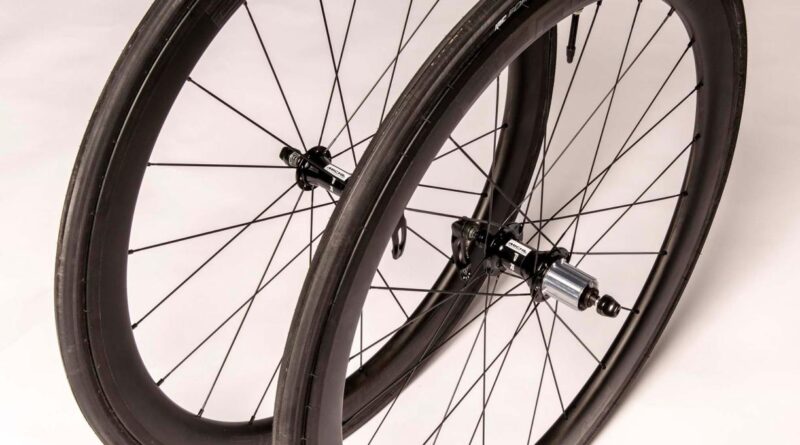Carbon Clinchers: The Ultimate Guide To Choosing And Using Carbon Fiber Clincher Wheels
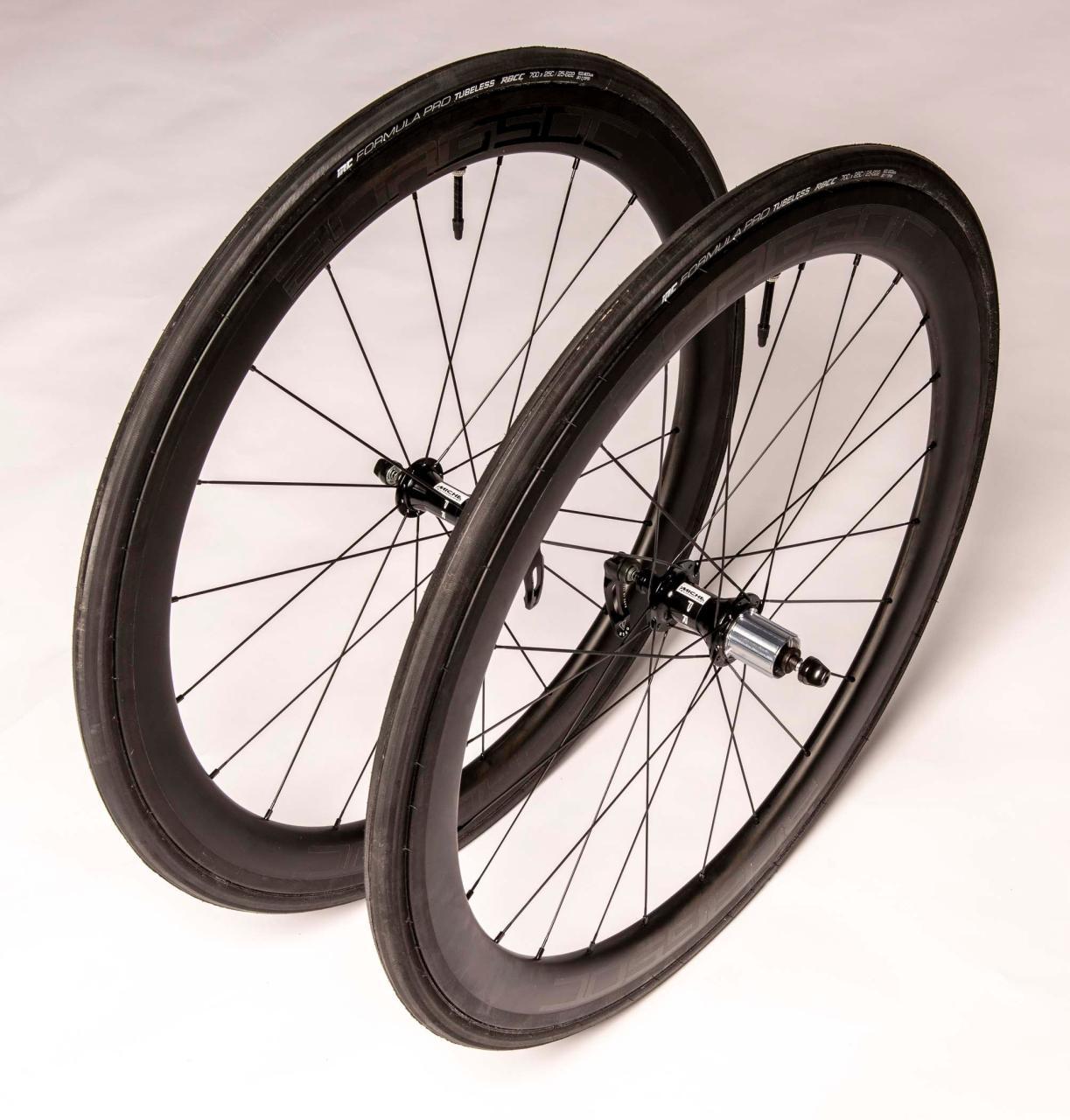
Carbon Clinchers: The Ultimate Guide to Choosing and Using Carbon Fiber Clincher Wheels
Introduction
Carbon clinchers have become increasingly popular among cyclists in recent years, offering a number of advantages over traditional aluminum wheels. They are lighter, stiffer, and more aerodynamic, which can lead to improved performance and efficiency. However, choosing the right carbon clinchers for your needs can be a daunting task, as there are a wide variety of options available. This guide will provide you with all the information you need to make an informed decision about carbon clinchers, including:
- The different types of carbon clinchers
- The benefits and drawbacks of carbon clinchers
- How to choose the right carbon clinchers for your needs
- How to use and maintain carbon clinchers
Types of Carbon Clinchers
There are two main types of carbon clinchers:
- Tubular carbon clinchers: These wheels have a tubular tire glued to the rim. Tubular tires are lighter and more aerodynamic than clincher tires, but they are also more difficult to repair and replace.
- Clincher carbon clinchers: These wheels have a clincher tire that is held in place by a bead. Clincher tires are easier to repair and replace than tubular tires, but they are also heavier and less aerodynamic.
Benefits of Carbon Clinchers
Carbon clinchers offer a number of benefits over traditional aluminum wheels, including:
- Weight: Carbon fiber is a very lightweight material, so carbon clinchers are significantly lighter than aluminum wheels. This can lead to improved acceleration and climbing performance.
- Stiffness: Carbon fiber is also a very stiff material, so carbon clinchers are stiffer than aluminum wheels. This can lead to improved handling and power transfer.
- Aerodynamics: Carbon clinchers are more aerodynamic than aluminum wheels, which can lead to improved efficiency and speed.
Drawbacks of Carbon Clinchers
Carbon clinchers also have some drawbacks, including:
- Cost: Carbon clinchers are more expensive than aluminum wheels.
- Durability: Carbon fiber is a fragile material, so carbon clinchers can be more easily damaged than aluminum wheels.
- Braking performance: Carbon clinchers can have reduced braking performance in wet conditions.
How to Choose the Right Carbon Clinchers for Your Needs
When choosing carbon clinchers, there are a few factors to consider:
- Your riding style: If you are a competitive cyclist who races or rides long distances, you will benefit from the performance advantages of carbon clinchers. However, if you are a casual rider who rides mostly for recreation, you may not need the extra performance that carbon clinchers offer.
- Your budget: Carbon clinchers can be expensive, so it is important to set a budget before you start shopping.
- Your bike: Make sure that the carbon clinchers you choose are compatible with your bike.
How to Use and Maintain Carbon Clinchers
Once you have chosen the right carbon clinchers for your needs, it is important to use and maintain them properly to ensure that they last for many years. Here are a few tips:
- Use the correct tire pressure: The correct tire pressure for carbon clinchers is typically higher than the tire pressure for aluminum wheels. Check the manufacturer’s recommendations for the correct tire pressure for your wheels.
- Avoid riding on rough surfaces: Carbon clinchers are more fragile than aluminum wheels, so it is important to avoid riding on rough surfaces that could damage the wheels.
- Clean your wheels regularly: Carbon clinchers should be cleaned regularly to remove dirt and debris. Use a mild soap and water solution and a soft cloth to clean your wheels.
- Store your wheels properly: When you are not riding your bike, store your carbon clinchers in a cool, dry place.
Conclusion
Carbon clinchers can offer a number of advantages over traditional aluminum wheels, including improved performance, efficiency, and durability. However, it is important to choose the right carbon clinchers for your needs and to use and maintain them properly to ensure that they last for many years.
5 Best Carbon Clinchers for Enhanced Cycling Performance
Carbon clinchers have become increasingly popular among cyclists due to their exceptional combination of lightweight, stiffness, and durability. Here are the top 5 carbon clinchers that will elevate your cycling experience:
1. Zipp 303 Firecrest Carbon Clincher
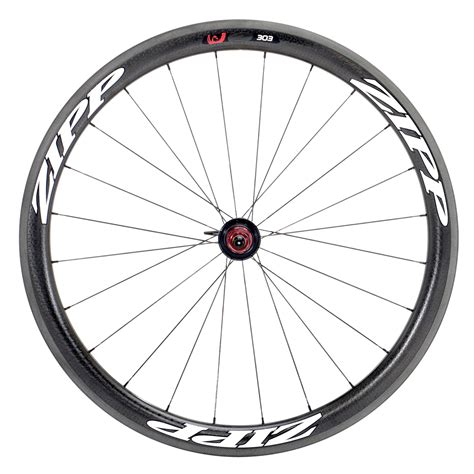
- Key Features:
- Aerodynamic rim profile for reduced drag
- Lightweight and stiff construction for efficient power transfer
- Tubeless-ready design for improved puncture resistance
2. Enve SES 3.4 Carbon Clincher
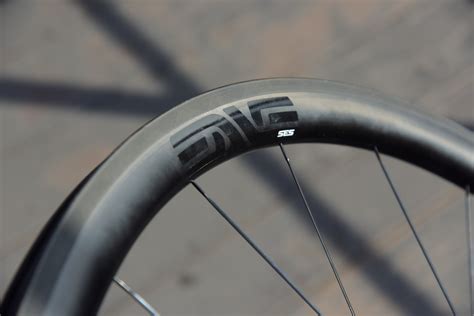
- Key Features:
- Wide rim design for increased stability and cornering grip
- Optimized spoke count for improved aerodynamics
- Durable construction for long-lasting performance
3. Roval Rapide CLX 32 Carbon Clincher
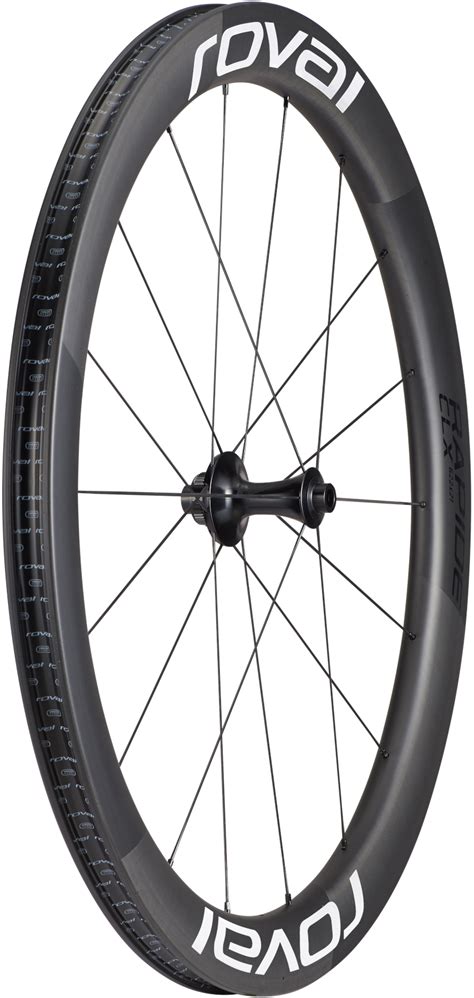
- Key Features:
- Shallow rim profile for versatility in various terrains
- Tubeless-compatible for reduced rolling resistance
- Lightweight and responsive for quick acceleration
4. Reynolds AR 41 Carbon Clincher
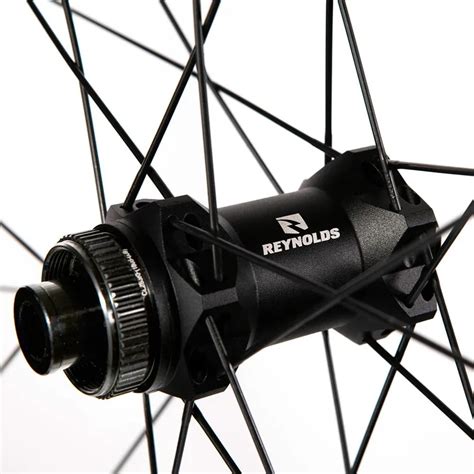
- Key Features:
- Aerodynamic rim shape for reduced wind resistance
- Stiff and responsive for efficient power transfer
- Tubeless-ready design for improved puncture protection
5. DT Swiss PRC 1400 Spline Carbon Clincher
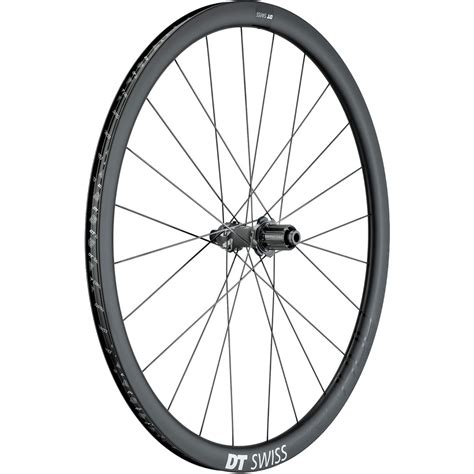
- Key Features:
- Lightweight and durable construction for all-around performance
- Tubeless-ready design for reduced rolling resistance
- Ratchet EXP hub system for efficient power transfer
